GENERATOR LOAD SHARING PRINCIPLE
The generator load sharing principle is crucial to understand when attempting to parallel generators at any facility, including data centers and power plants. This is because different manufacturers’ load sharing controls may not be compatible and overloading or underloading
each unit must be avoided for successful and efficient generator paralleling. There are several different ways in which efficient generator load sharing may be accomplished, such as reactive droop compensation, cross-current compensation and using different operating modes.
What is Load Sharing?
In simple terms, load sharing is the process at which a facility operates multiple generators at the same time. In technical terms, load sharing is the proportional division of active power and reactive power between generator sets. Parallel operation and load sharing are closely related. A system of generator sets cannot achieve parallel operation without load sharing of alternators.
Parallel operation is a way to increase power generation by aligning the electrical qualities of multiple generator sets. Many operations rely on parallel generator sets to improve their capacity and meet high energy output demands.
When the load is not shared between your network of generator sets, you risk overloading an alternator or creating an unstable energy flow. This instability can damage your generator sets or power grid.
GENERATOR LOAD SHARING PRINCIPLE:
Although the generator load sharing principle may seem complicated, taking a closer look at different methods of generator load sharing can help to make things more clear. For example, types of load sharing include:
1. Droop Load Sharing: Reactive droop compensation “allows the engine speed or alternator voltage to decline by a predetermined percentage of the output range as the load increases” (Cummins Power Generation).
2. Isochronous kW and kVAR Load Sharing: Isochronous systems make use of controls to calculate load information and determine how the percentage of the generators’ load compares to the system load. kW refers to real power sharing whereas kVAR refers to reactive power; both kW and kVAR loads are calculated by control systems in order to sufficiently share loads between generators.
3. Cross Current Compensation: When paralleled generators are run without intentional voltage droop, cross-current compensation occurs. Voltage regulators on each generator unit should be identical for successful load sharing.
4. Using Different Operating Modes: By utilizing single board paralleling controllers it becomes much easier to successfully add generators to existing systems as well as to complete upgrades to systems. Single board paralleling controllers also make it possible
to operate paralleled generators in different load level modes (some generators may be set to a base, constant mode while other designated units will float and share loads as needed).
Proper generator load sharing is essential for the success of a parallel generator system and in turn for backup power. In case of emergencies when power failure occurs, redundancy is vital to keep mission-critical functions running without fail. Be sure to review different methods of and basics of the generator load sharing principle to find the best solution for your particular power generator needs. It can also be helpful to review before purchasing generators to help understand which units will be easily compatible for a paralleling set.
ETAP SIMULATION:
Let us consider, the two primary sources are 1500kVA (G1) and 1650kVA (G2) generators. Though they have synchronizing capability they do not share loads. Under normal operating conditions the G1 is the primary generator. Synchronizing panel connects to the central
distribution panel (CDP) through cables. 3 Nos of outgoing breakers feeds MCC1, MCC2 & MCC3. As emergency back-up, a third diesel driven generator [G3], rated at 1000kVA is connected directly to the CDP. This unit (G3) does not synchronize with G1 and G2 presently.
Figure 1: Modelling of network in ETAP
The major challenge in this network is to model the generator with respect to sharing their loads equally. Let us discuss about the model of the generator in ETAP by considering the load sharing among all the generators with respect to their capability of the generator.
There are 3 generators with different rated such as G1 (1200kW), G2(1320kW), G3(800kW). It’s required to model the generator in ETAP to share their equally with respect to the rating of the generator.
Let us consider the three cases as follows:
Case 1: G1 + G2 + G3
Case 2: G1 + G2
Case 3: G1 + G3
One of the generators is considered as a swing source. Let us consider the G1 as swing source since it is a primary generator in normal operating condition.
Case 1: G1 + G2 + G3:
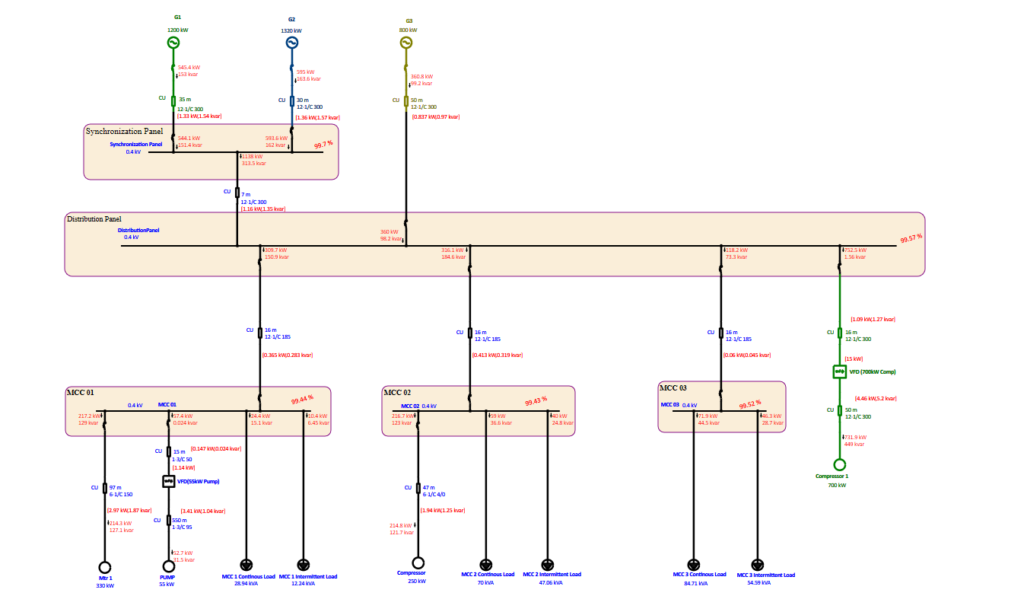
Figure 2 : Case 1_ G1 + G2 + G3
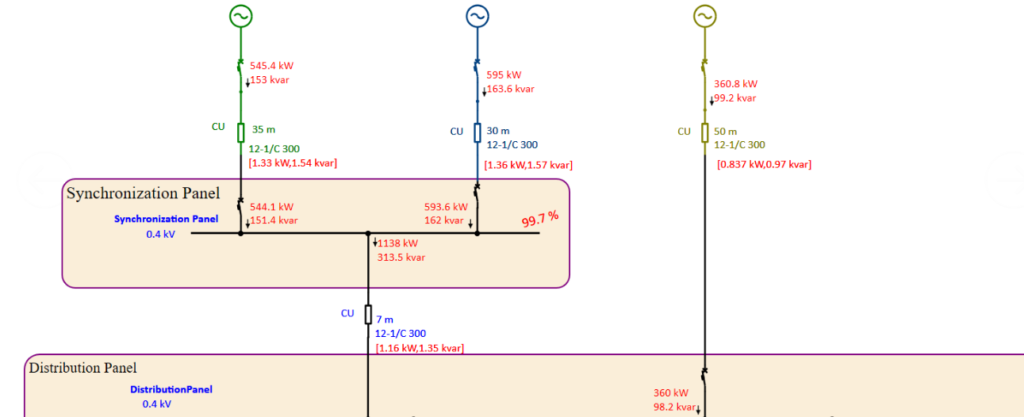
Figure 3: Case 1_ Load Sharing for 3 generators (G1, G2, G3)

Total demand is 1498kW. The 1498kW has been shared by equally by the generator based on their capability.
The Total generation is G1 + G2 + G3 = 1200 + 1320 + 800 = 3320kW.
The Load sharing for each generator is

The real and reactive power shared by the Generator G1 is
G1 = 36% of 1498 + j36% of 412
= 0.36 * 1498 + j0.36 * 412
= 541.23kW + j148.77 kVAR

Similarly, the real and reactive power shared by the generator G2 and G3 is given by

Case 2: G1 + G2
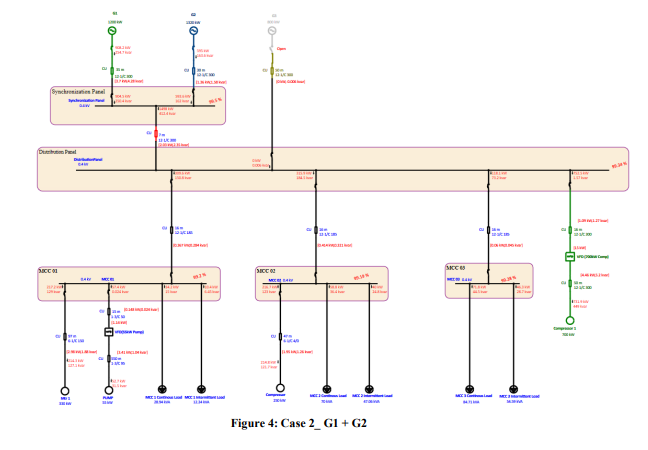
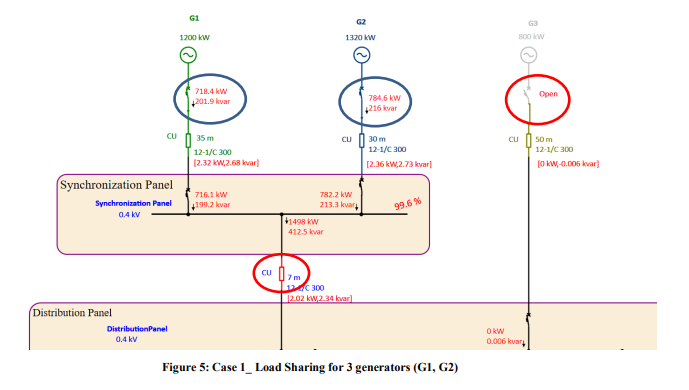
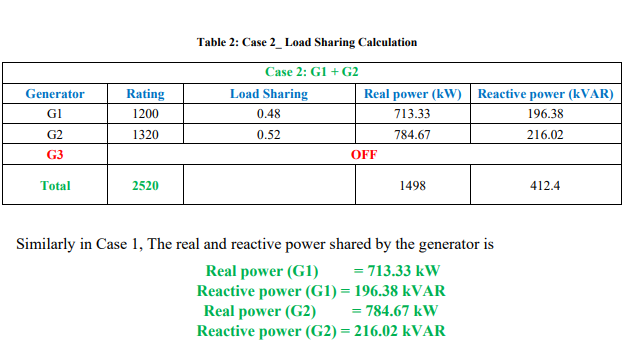
In this case, the cable is overloading due to inadequate length. Hence this combination of G1 + G2 is not advisable to operate.
Case 3: G1 + G3
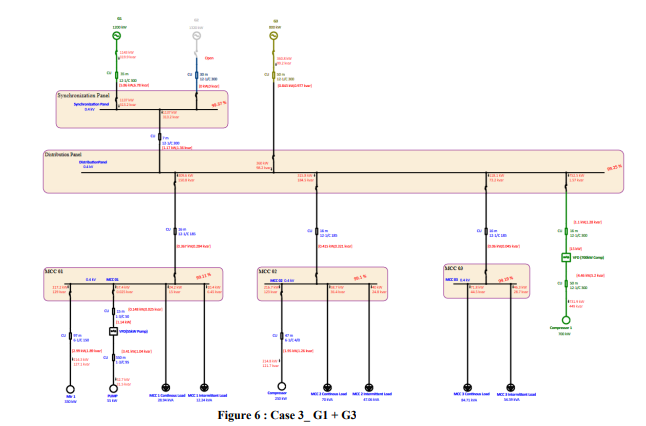
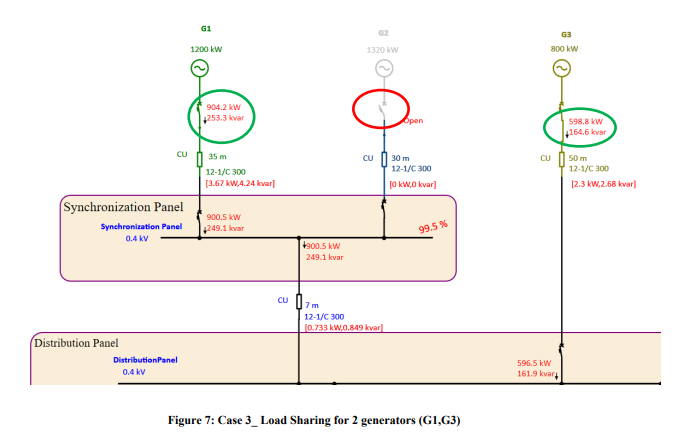
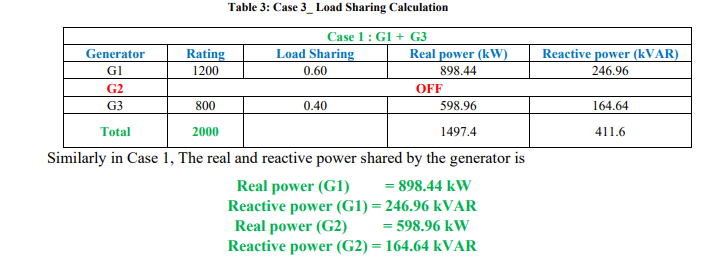
Conclusion:
In this work, it is clearly mentioned about the modelling of generator with load sharing schedule with respect to their rated capacity. The three possible cases have been simulated and it is concluded that minimum two generators (G1 + G3) is adequate to operate in parallel to meet their load. Two generators (G1 + G2) is not advisable to operate in parallel since the cable is overload in that condition.


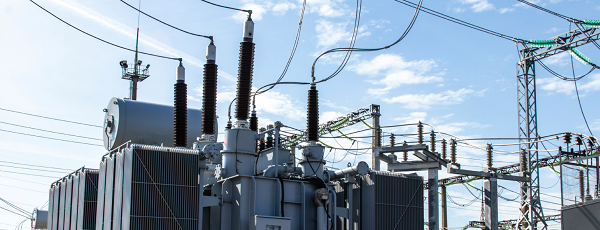
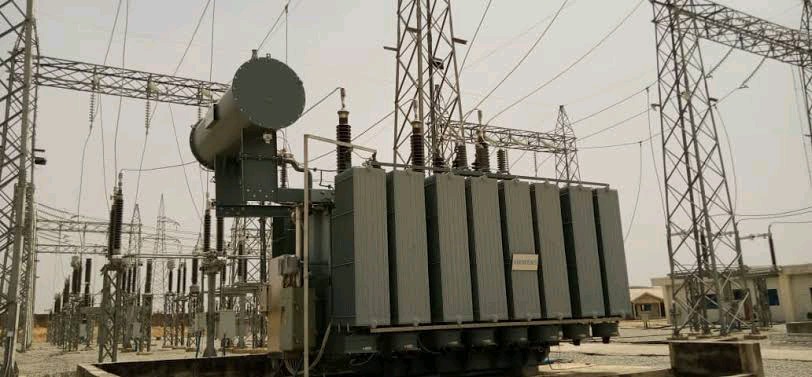

No comment